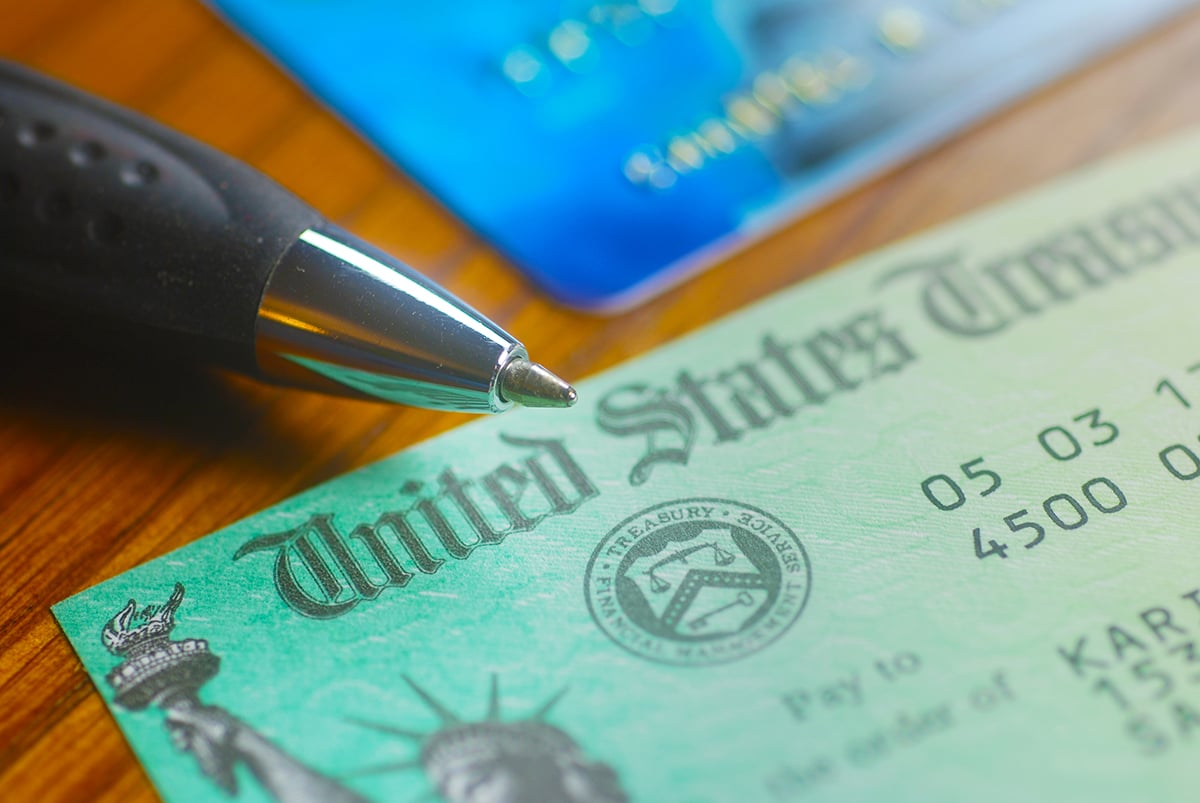U.S. Treasury bonds represent a relatively safe investment opportunity that can be obtained directly from the government.
Incorporating bonds into your investment strategy can aid in portfolio diversification. More specifically, a Treasury bond is essentially a loan to the U.S. government, which uses these funds for areas such as defence, Social Security, and Medicare, thus allowing the federal government to finance its large deficits.
From an investment perspective, Treasury bonds are deemed risk-free about receiving interest and loan repayments. These are underpinned by the “full faith and credit” of the federal government, as affirmed by the United States Office of Government Ethics.
Investing in these bonds can provide a source of income and capital appreciation. However, Treasury bond values may decline when interest rates increase, as seen in 2022 when investors sought lower securities prices to offset reduced yields.
Treasury bonds can be bought directly from the U.S. government, a financial services firm, or an exchange-traded fund (ETF). However, before delving into the purchase process, a brief overview of these investment tools is necessary.
Understanding Treasury Bonds
Five forms of Treasury securities exist: bills, notes, and bonds. Despite slight differences in their maturities or repayment timelines, their fundamental operation remains consistent.
Treasury bonds have the most extended maturities, set at 20 and 30 years, while notes vary from two to ten years, and bills, with the shortest maturity, range from four weeks to 52 weeks.
A Treasury bond yields a fixed interest rate biannually, with a minimum investment of $100. For instance, if you invest $1,000 in ten bonds at a 4% interest rate, you would receive a biannual payment of $20. Upon bond maturity, your original $1,000 investment is returned.
It’s important to remember that federal income tax is levied on bond interest payments, but state and local taxes are exempt.
Procuring Treasury Bonds
- Purchasing from the U.S. Government: Treasury bonds can be bought directly from the federal government through the TreasuryDirect website. To start, you must create a secure account with your Social Security number, driver’s license or state ID, and banking details. Once set up, you can select a Treasury bond to purchase and specify the quantity. The process is free of commissions and fees, so you only pay for the bonds.
- Purchases are only possible during federal government auctions held on the first Wednesday of February, May, August, and November. Bids can be non-competitive, accepting the final auction interest rate, or competitive, specifying the desired interest rate. Although the latter can be complex, it could also result in missing out on the bond.
- Buying from a Brokerage: A financial advisor can assist in the auction process, or you could buy bonds during regular trading hours. However, going through a brokerage might incur additional fees, as pointed out by Luis D. Alvarado, a global fixed-income strategist at Wells Fargo Investment Institute.
- Purchasing through an ETF: According to David Nicholas, a portfolio manager at XFUNDS, purchasing Treasury bonds via an ETF is the simplest method. ETFs often comprise a variety of Treasury securities, offering multiple choices like the Vanguard Long-Term Treasury ETF (VGLT), PIMCO 25+ Year Zero Coupon U.S. Treasury Index ETF (ZROZ), and iShares 20+ Year Treasury Bond ETF (TLT).
Treasury bonds represent a secure and stable investment opportunity that, while not without its risks, provides a potential source of income and capital appreciation. Whether you buy directly from the government, through a brokerage, or via an ETF, understanding the nuances of Treasury bonds is the first step to making an informed investment decision. As always, it’s advisable to consult with a financial advisor or conduct thorough research to ensure that investing in Treasury bonds aligns with your financial goals and risk tolerance.







